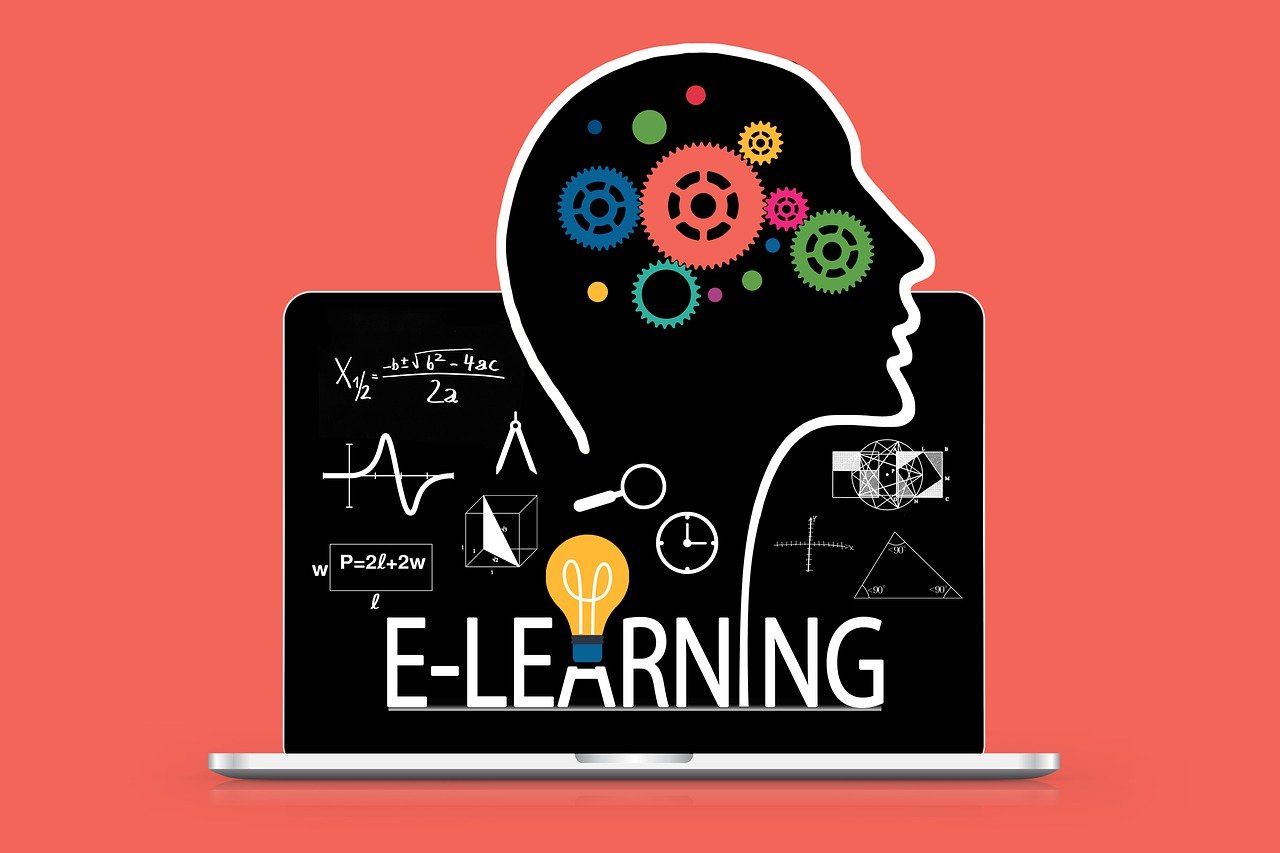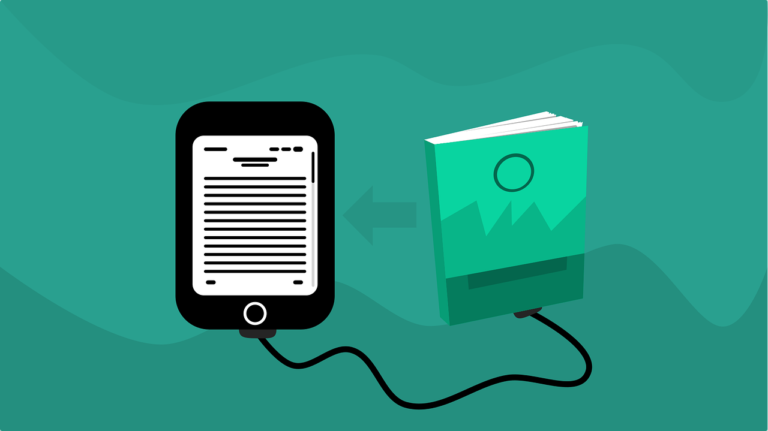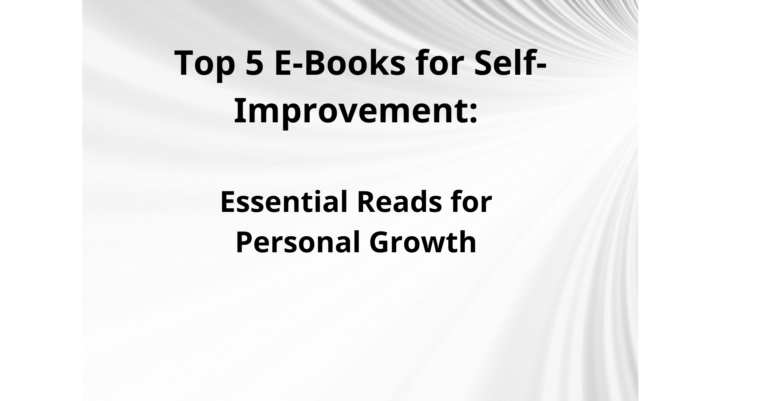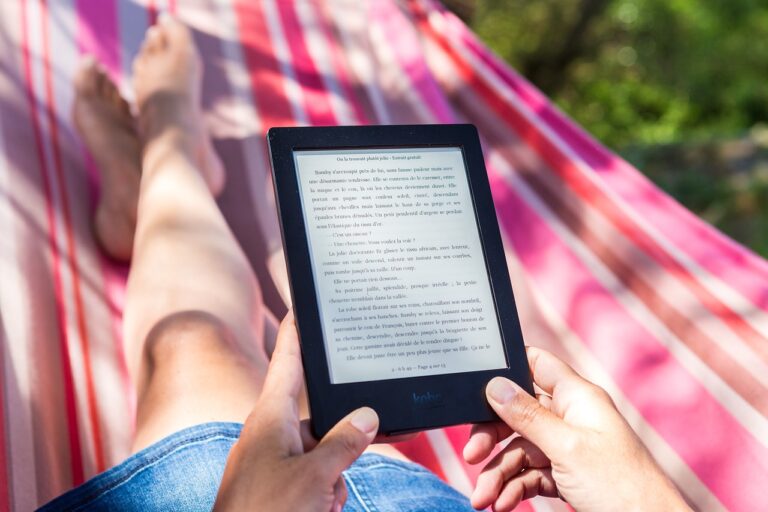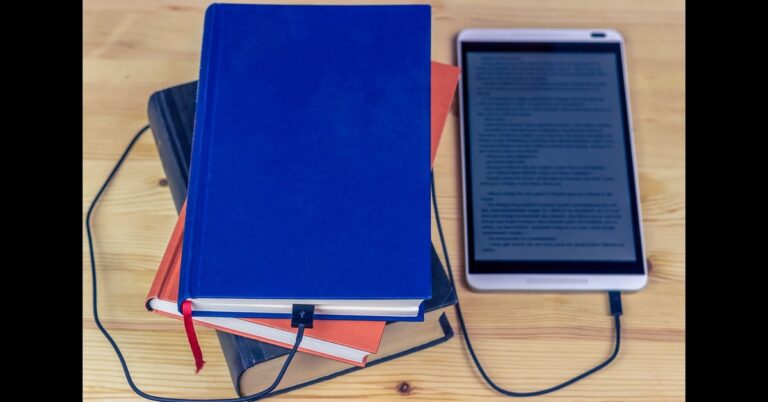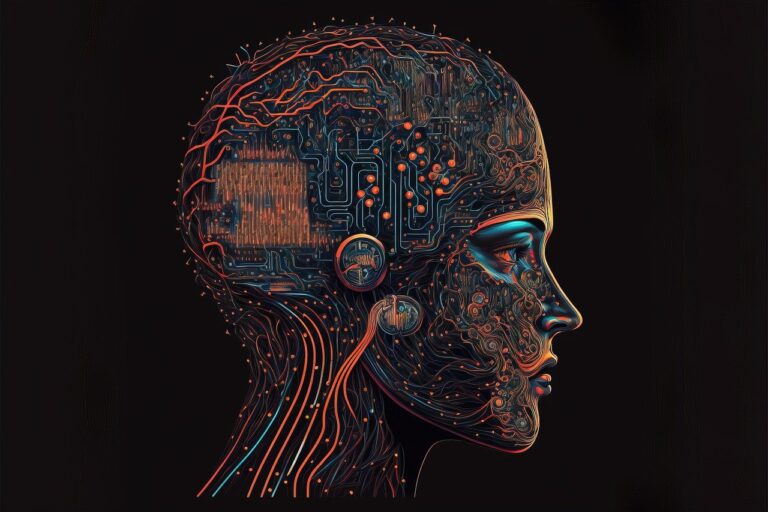Contemporary Challenges Facing Reading Enthusiasts: Navigating the Modern Literary Landscape
Reading has long been cherished as a profound means of gaining knowledge, exploring new worlds, and finding solace. However, in today’s fast-paced and technology-driven world, reading enthusiasts face a variety of contemporary challenges that impact their reading habits and experiences. This article delves into these challenges, exploring how modern issues affect readers and offering strategies to overcome them.
1. Information Overload
Challenge:
In an era where information is constantly streaming from various sources, reading enthusiasts often find themselves overwhelmed. The internet, social media, and news outlets bombard users with a never-ending flow of content. This saturation can make it difficult for readers to focus on and engage with long-form texts, leading to a fragmented reading experience.
Details:
The constant influx of information competes for readers’ attention, reducing their capacity to concentrate on a single book or article. This can lead to shorter reading sessions and a diminished ability to delve deeply into complex narratives or subjects.
Solution:
To combat information overload, readers can set aside dedicated time for reading, free from digital distractions. Implementing tools like website blockers during reading sessions and practicing mindfulness can also help maintain focus.

2. Screen Fatigue
Challenge:
With the rise of digital reading, screen fatigue has become a prevalent issue. Prolonged exposure to screens can lead to eye strain, headaches, and disrupted sleep patterns. Many reading enthusiasts who use e-readers, tablets, or smartphones for reading are affected by these physical symptoms.
Details:
The blue light emitted by screens can interfere with circadian rhythms, affecting sleep quality. Additionally, the lack of physical interaction with the text can make digital reading less satisfying for some.
Solution:
To mitigate screen fatigue, readers can adjust the brightness and contrast of their devices and use blue light filters. Incorporating physical books into their reading routine and taking regular breaks from screens can also help reduce discomfort.
3. Digital Distractions
Challenge:
Digital devices are designed to be multifunctional, which often leads to distractions from notifications, messages, and other apps. These interruptions can break the immersive experience of reading and disrupt the reader’s focus.
Details:
Frequent notifications and the temptation to check social media or emails during reading sessions can lead to fragmented attention and decreased engagement with the text.
Solution:
Readers can use apps or settings that mute notifications during designated reading times. Creating a dedicated reading environment, free from other digital distractions, can also enhance concentration.
4. Decreasing Attention Spans
Challenge:
The prevalence of short-form content, such as social media posts and news snippets, has contributed to decreasing attention spans. Readers accustomed to quick, bite-sized information may struggle with the sustained focus required for longer books or in-depth articles.
Details:
A culture of instant gratification and quick consumption can make it challenging for readers to engage with complex or lengthy texts, potentially leading to a decline in reading habits.
Solution:
Readers can gradually build their attention span by setting small, achievable reading goals and gradually increasing the length of their reading sessions. Exploring different formats, such as audiobooks or serialized content, can also help maintain interest.
5. Access and Affordability
Challenge:
Despite the conveniences of digital reading, issues of access and affordability persist. Not everyone has access to high-speed internet, e-readers, or the latest digital platforms. Additionally, some digital content can be expensive, and physical books may be costly or hard to find.

Details:
Limited access to digital devices and high costs associated with purchasing books can create barriers for avid readers. Public libraries and bookstores may not always have the desired titles available, impacting reading opportunities.
Solution:
Utilizing public libraries and their digital lending services can provide cost-effective access to books. Exploring free or discounted e-books and participating in book exchange programs can also help overcome affordability issues.
6. Preserving the Physical Experience
Challenge:
Many readers value the tactile experience of holding a physical book, with its unique texture, weight, and smell. The shift towards digital reading often means losing this sensory enjoyment, which can impact the overall reading experience.
Details:
The physical interaction with books is an integral part of the reading experience for some, contributing to a sense of ownership and satisfaction that digital formats may not replicate.
Solution:
Balancing digital reading with physical books can offer a diverse and enjoyable reading experience. Collecting favorite books or visiting local bookstores can help maintain a connection to the traditional reading experience.
7. Quality vs. Quantity
Challenge:
The vast amount of available reading material can sometimes lead to a focus on quantity over quality. With an abundance of books, articles, and other texts, readers might struggle to select meaningful and enriching content, leading to a dilution of the reading experience.
Details:
The saturation of available material can make it challenging to discern which books or articles are worth investing time in. This can lead to a less fulfilling reading experience and a lack of engagement with high-quality literature.
Solution:
Developing a curated reading list based on recommendations, reviews, and personal interests can help readers focus on quality. Engaging with book clubs or discussion groups can provide valuable insights into selecting worthwhile content.
Conclusion
Navigating the contemporary challenges facing reading enthusiasts requires a combination of awareness, adaptation, and strategic planning. By addressing issues such as information overload, screen fatigue, and digital distractions, readers can enhance their reading experience and maintain a consistent literary habit. Balancing digital and physical reading, managing access and affordability, and focusing on quality content can help overcome modern obstacles and foster a richer engagement with literature.
Embracing these strategies allows reading enthusiasts to fully appreciate the transformative power of reading while adapting to the evolving landscape of literature in the digital age.

